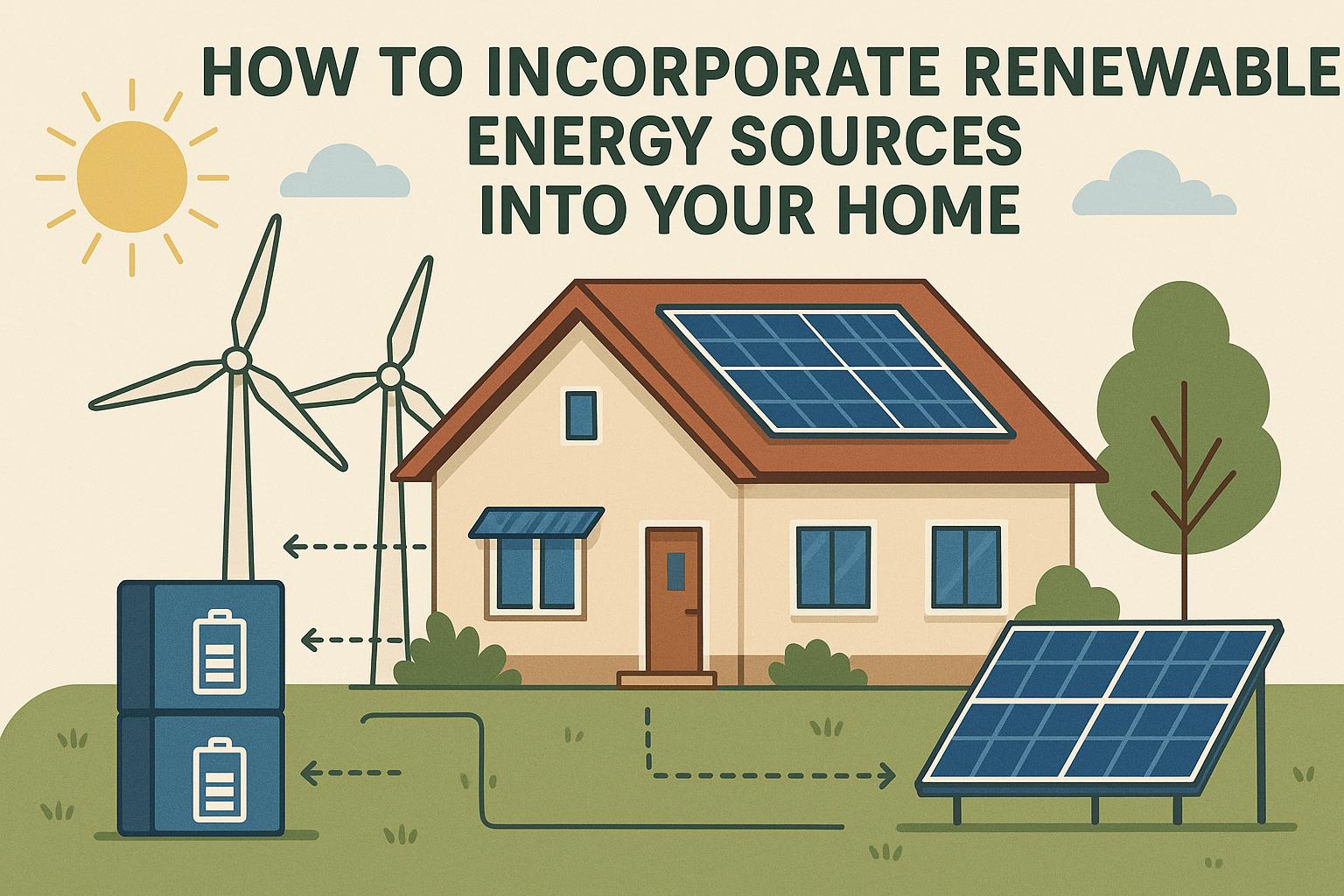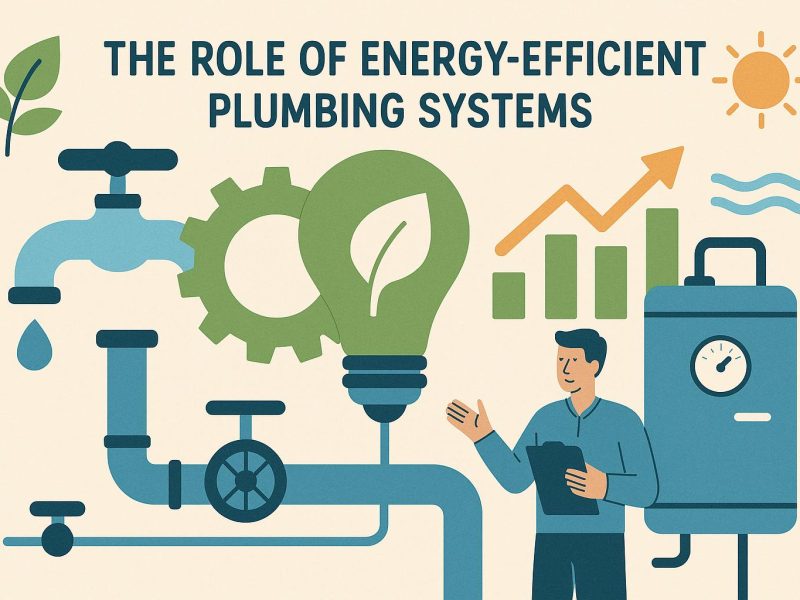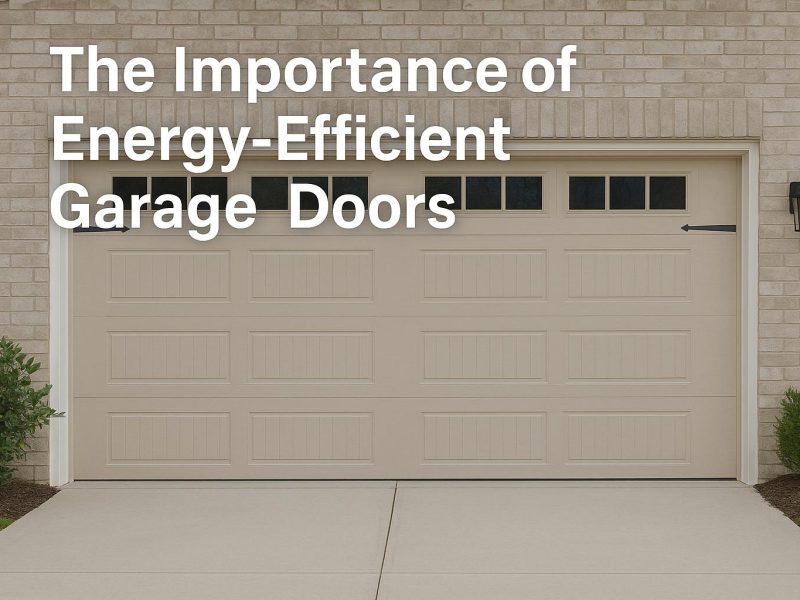Understanding Renewable Energy Sources
Integrating renewable energy into your home presents a practical opportunity to reduce your carbon footprint while also potentially lowering your energy expenses. With climate change and environmental concerns becoming ever more prominent, the transition to renewable energy sources is gaining momentum. Among the most prevalent renewable energy sources that are harnessed for residential use are solar, wind, and geothermal energy. These sources are not only sustainable but can also serve as supplementary or alternative solutions to traditional energy systems, marking a significant step towards sustainable living.
Solar Energy
Solar energy remains one of the most approachable and widespread renewable energy sources for individual homeowners. This technology harnesses the abundant energy from the sun, using photovoltaic (PV) panels that play a crucial role in this conversion. These panels are designed to absorb sunlight and convert it into usable electricity for your home.
Installing Solar Panels: The decision to install solar panels can result in a considerable decrease in your dependency on conventional grid electricity. Several factors require careful evaluation when contemplating the installation of solar panels, including roof orientation, shading effects from surrounding structures or foliage, and the local climate conditions. A south-facing orientation and minimal shading often yield the best results.
Grid-Tied vs. Off-Grid Systems: In the realm of solar energy systems, homeowners often choose between grid-tied and off-grid setups. Grid-tied systems are popular because they offer the ability to return excess electricity back to the grid, providing potential financial benefits through net metering. Conversely, off-grid systems are fully autonomous, eliminating reliance on external electricity sources. However, off-grid systems necessitate comprehensive battery storage solutions to compensate for periods without sunlight.
Wind Energy
Wind energy, while still not as common as solar systems on a residential level, offers significant potential in areas that experience consistent and favorable wind conditions. Small wind turbines are designed to capture the kinetic energy present in wind, transforming it into electrical power that can be used for domestic requirements.
Assessing Suitability: Prior to the installation of a wind turbine, it is imperative for homeowners to conduct thorough due diligence regarding local zoning laws and the availability of wind resources. Understanding the average wind speed and its consistency in a particular location is crucial to determine the feasibility and predicted energy output of a wind turbine system.
Geothermal Energy
Geothermal energy utilizes the relatively constant temperatures beneath the Earth’s surface to effectively provide heating and cooling for homes. This is achieved through a specifically designed geothermal heat pump system that facilitates the transfer of thermal energy between the ground and the home.
Benefits and Considerations: Geothermal systems are renowned for their efficiency and can contribute to a significant decrease in heating and cooling expenses over time. Nevertheless, prospective users must acknowledge that the initial cost of installation is substantial, and the system’s installation requires a considerable amount of land for the geothermal loop. This makes it more suitable for homes with larger property space.
Maximizing Efficiency and Incentives
To capitalize on the advantages of renewable energy systems, it is crucial for homeowners to prioritize the integration of energy-efficient appliances and adopt best practices in energy management. When the use of renewable energy technologies is combined with energy-efficient systems, the potential for energy savings is maximized, thereby offering greater environmental and financial benefits.
Government Incentives and Rebates: Understanding and utilizing government incentives and rebates can significantly alleviate the financial burden of investing in renewable energy. Many governments engage in active promotion of renewable energy adoption by offering various incentives such as tax credits, grants, and rebates. It is wise for homeowners to conduct a detailed investigation into the available programs at the federal, state, and local levels to ensure they leverage these incentives, rendering the transition to renewable energy more economically viable.
As you consider integrating renewable energy into your home, it is beneficial to explore reputable resources that provide further detailed information and support. Exploring websites dedicated to renewable energy initiatives or those of organizations that specialize in residential energy solutions can be exceptionally illuminating. For instance, the U.S. Department of Energy’s Energy Saver website offers comprehensive insights and guidance into adopting renewable energy at a residential level. This wealth of information can serve as a pivotal support system as you embark on the journey to sustainable energy for your home.



